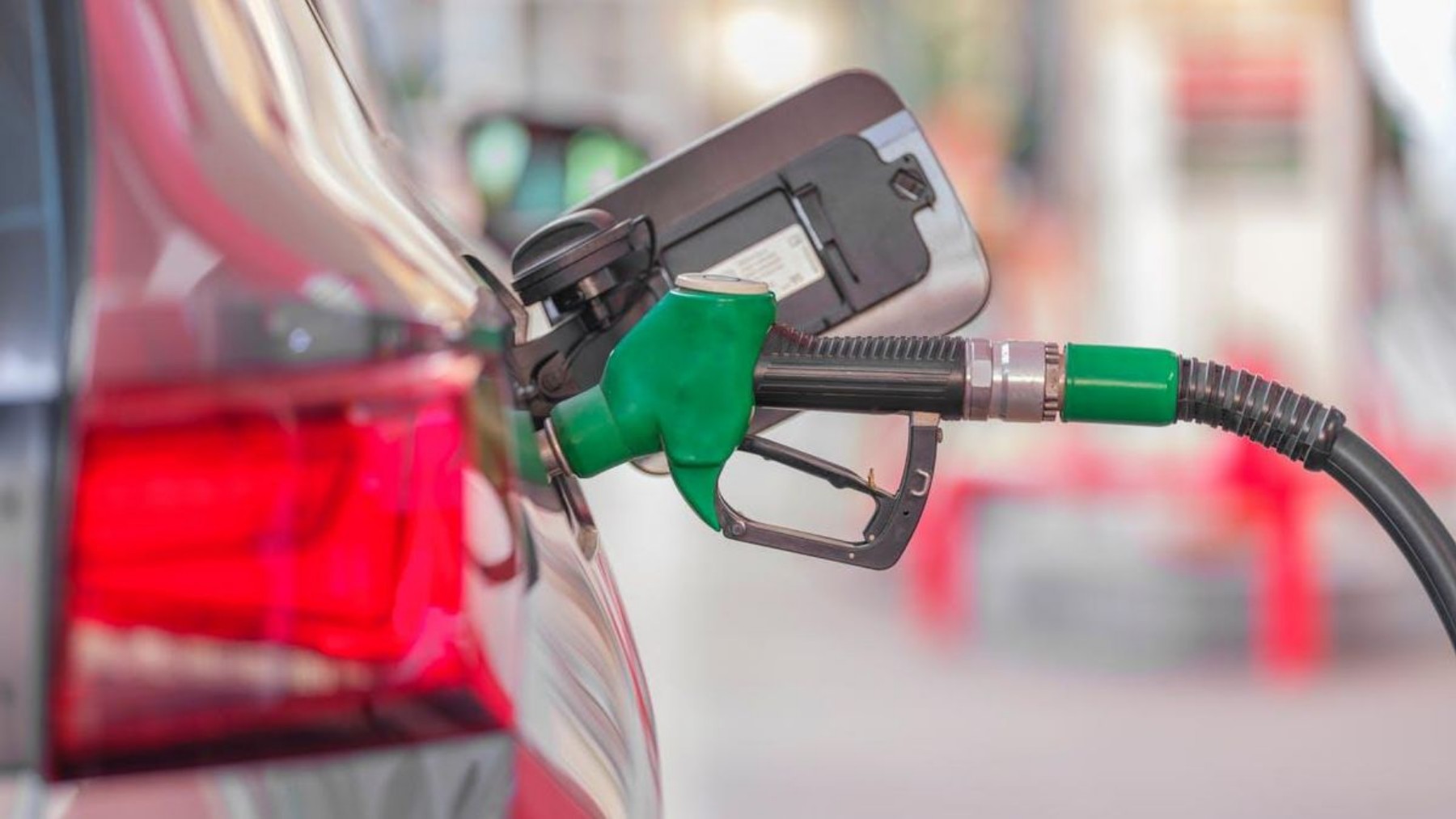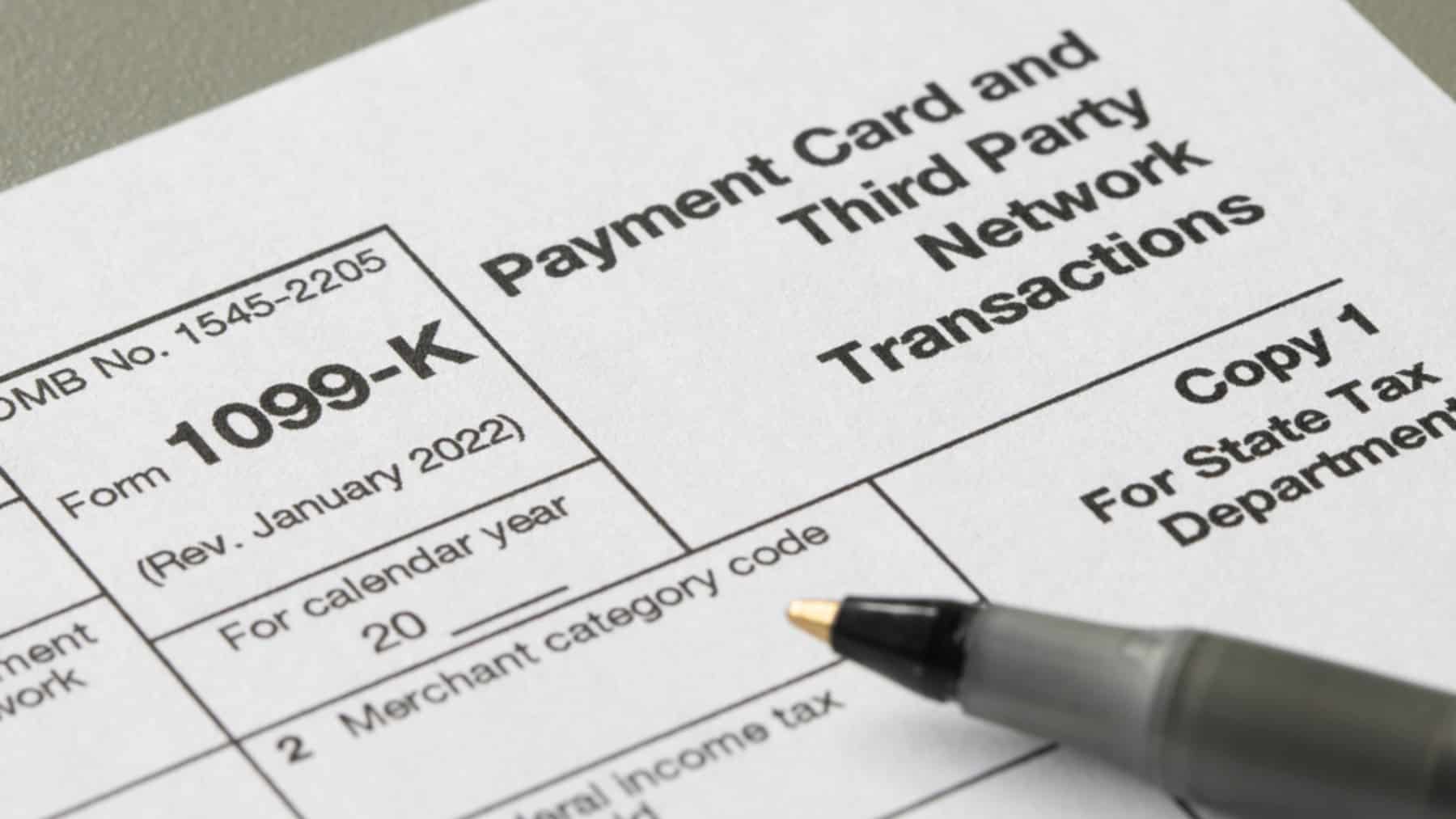The United States Energy Information Administration (EIA), which is part of the Department of Energy, has announced a likely increase in fuel prices on the West Coast. The EIA divides the country into regions called Petroleum Administration for Defense Districts (PADDs), of which PADD 5 covers the West Coast and includes Alaska, Arizona, California, Hawaii, Nevada, Oregon and Washington. According to the American Automobile Association (AAA), the price paid as of last Friday, July 11, in Oregon is $4.01, $4.53 in California and $4.40 in Washington.
Although lower than the same period last year, a rise is expected due to the closure of the Phihilps 66 refinery near Long Beach, California. In addition, Valero also plans to close its Benicia refinery by April 2026, which has a production capacity of approximately 145,000 barrels per day. The EIA stated that countries such as India and South Korea could produce and supply fuels with the same specifications as those produced by Phillips 66, but due to the high percentage of tariffs and the rigorous environmental standards of the state of California, it would not be an entirely viable option.
What is the reason for the price increase?
As of July 11, the American Automobile Association (AAA) announced that in California and Oregon, the price of gasoline had gone down compared to the same period last year, and that Washington had experienced an increase, with prices at $4.53, $4.01 and $4.40, respectively. What is the reason for this increase? Those affected have already been warned by the Energy Information Administration that the closure of refineries in California will cause this increase.
It stated “If realized, facility closures are likely to contribute to increases in fuel price volatility on the West Coast.”The closure of the state’s two refineries will result in the loss of 17% of the state’s refining capacity. Phillips 66 announced the closure of its refinery in Wilminton, Long Beach, by the end of 2025. This refinery produces approximately 139,000 barrels of oil per day. On the other hand, Valero, located in northern California, has also announced its closure by April 2026, with a daily production of 145,000 barrels.
What does this loss mean?
These are not the only closures, as there have been more in the last five years. The EIA divides the country into regions called Petroleum Administration for Defense Districts, or PADDs. The West Coast, Alaska, Arizona, California, Hawaii, Nevada, Oregon and Washington make up PADD 5, which has gone from producing 2.8 million barrels to 2.5 million from 2019 to 2025, over the same period. The closure of these two refineries means the loss of 11% of the total capacity of PADD 5 (Alaska, Arizona, Hawaii, Nevada, Oregon and Washington), so drivers will not notice them throughout the district.
What can be done about it?
Refinery closures pose a real challenge for supply companies. They face a considerable logistical challenge if their idea is to maintain the same level of supply, “given the limited connectivity to other U.S. refining centers,” as stated by the Energy Information Agency. The first thought that comes to mind is to import it from foreign countries, right? Well, that wouldn’t be the most viable strategy either. The supply sector is also facing price increases due to tariffs, especially from August 1, 2025, when not only will the base 10% be applied, but it will increase even more.
If that is the way to be able to provide supplies to the population, they will see their prices rise considerably as a result of import taxes. Even so, the EIA stated that “Phillips is working to produce some California-grade gasoline at its refinery in Washington, and some refineries in India and South Korea may be able to meet these specifications”. And that would be the most logical option, but also the most expensive. In addition, and of great importance in this situation, have. The strict environmental regulations in the State of California, which prevent a constant and uncontrolled supply, must also be taken into account.
Uber and Taxi service will also be more expensive in North Carolina, do you know why?




